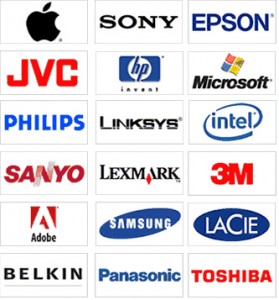Is Resonance the Grail?
My first encounter with metrics was when a friend at Ogilvy Direct (now OgilvyOne) explained how Vanguard Funds tracked ads to resulting investments. Each ad had a unique code that found its way through the process and when money was deposited it generated an advertising-to-sales ratio. Ad creative, size, media could all be calculated. This approach is why direct marketing, nee direct response, nee direct mail agencies were the digital agencies of the day in the 70s and 80s.
In the 90s banner ads were the haps. They were new and measurable and web advertising was ready to kill traditional. But as click-through rates diminished sales people told you banner were awareness builders. Display ads started to get bigger and richer and CTRs increased again. Then search became the new “new” and SEM/SEO shops multiplied like rabbits. Search though, is a half nasty business — with a good deal of practitioners hacking their way to the top. (Are these the people who always talk about authenticity?)
Resonance.
Today social media is the haps. And social companies are finally taking monetization seriously. Twitter’s resonance concept is a great start. Twitter’s Promoted Tweets measure nine factors to determine resonance, which is used to determine whether an ad stays or goes and what to charge. According to the New York Times, three of those factors are “number of people who saw the post, the number of people who replied to it or passed it on to their followers, and the number of people who clicked on links.” Some say social media is not about selling, it’s about engagement. That’s like saying you go to a singles bar to make friends. It’s only a 5% true. Resonance tied to sales is coming. Who ever cracks that code will be the David Ogilvy of the decade. Peace it up!





